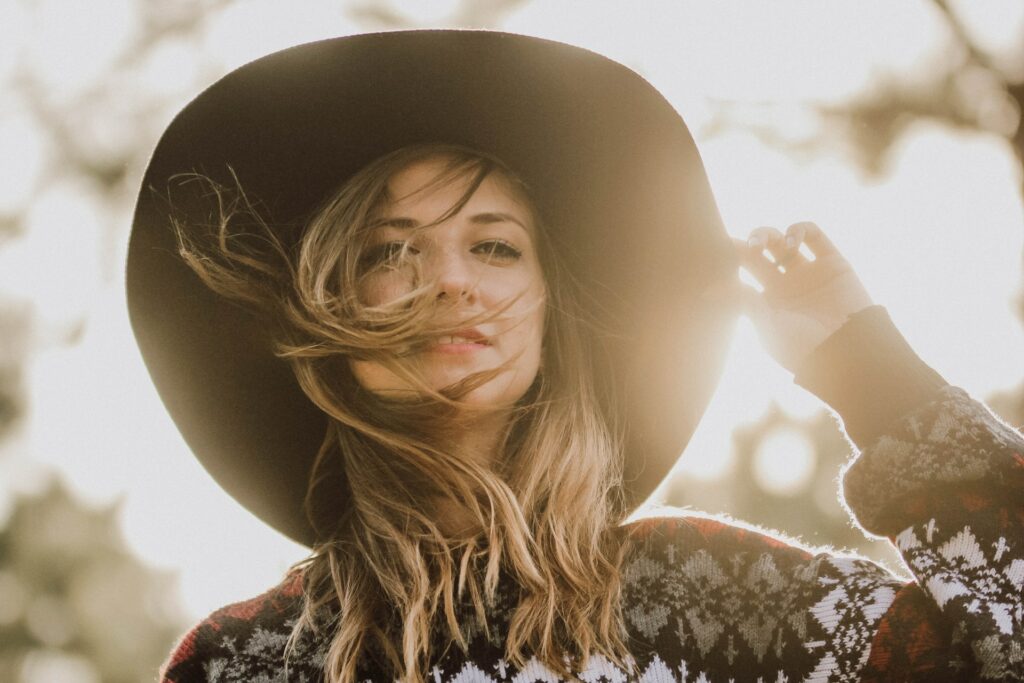Making the move into a DSLR camera system is an investment, both in money and in results. The two main components of a camera system are the body and the lens. Many new buyers often make the mistake of not budgeting enough for lenses and undervalue their role in photography.
It's not hard to do, what with all the talk about bigger and better megapixels, higher ISO with lower noise and increasingly fast frames per second. Add to the mix HD video as an option to several models of DSLR bodies and there are enough options to make your head spin. The result is less focus on the lens and most of the focus on the features and functions of the camera body. Lenses haven't changed much over the last few years, so what's the big deal about?
The big deal is everything. Yes, added noise reduction in the camera's sensor and the ability for the camera to process photos at higher resolutions with insane ISOs is important, but the quality of the final image produced by your cameras sensor is a direct result of your camera lenses. Much like a dirty window is hard to see through, a lesser quality lens will provide photos that may not appear as sharp or as color correct as your camera is capable of producing.
Camera bodies come and go these days and most hobby and weekend warrior photographers are upgrading every 18-24 months, while professionals are upgrading nearly every year. Lenses on the other hand can provide decades of service, so what should you be looking for?
Quality, which usually comes in the highest form from the camera body manufacturer. For example, if you shoot Olympus, their line of Zuiko lenses is where you should start. Canon makes Canon lenses and Nikon makes Nikkor lenses. It's true that some of the third party lens manufactures make really nice glass – Tamron and Sigma are two that come to mind, but generally speaking, only a few lenses here and there are at the same quality as OEM lenses.
Other features that are important are:
- Build quality
- Number of elements
- F/stop range
- Glass quality
Determining what you will be shooting will shift your lens selection in the right direction. Portrait photographers for example often prefer shooting prime lenses – those which do not zoom. Commonly they fall within the 85-200mm range, have very fast f/stops (Canon makes an 85mm f/1.2), focus relatively fast and are of the sharpest lenses available.
This fixed focal length lens doesn't work so well for someone who does candid photography though – shooting at wedding receptions for example. Both Canon and Nikon offer 24-70mm models at f/2.8, true work horses for those who use them. The important thing in zoom lenses is that the f/stop range is consistent. Many kit lenses included with DSLR bodies have a variable f/stop range which produces far inferior quality photographs. An example would be an 18-55 f/3.5-f/5.6 lens. That means at 18mm the lens has a maximum aperture of f/3.5, while at 55mm it is f/5.6. Not only can it be frustrating to shoot zoomed at 55mm because not as much light gets through, the total quality of the lens is just less.
For many new buyers, the costs of lenses can be off-putting – they can cost as much or even more than the cost of the body. Like the old saying, you get what you pay for – it honestly holds true here. There are many ways to save money with photography, but lenses are where you want to spend the money you save. They will out-last most DSLR bodies and quality lenses last decades.






5 Comments
Thank you for the great article. It was very informative and validated what I’ve been thinking lately. I’m definitely saving to purchase a new lens, not camera. (And one with a consistent f/stop range!)
i agree entirely..i use a sony alpha 700
i recently bought a carl zeiss lens for it…and wow the difference is amazing…jay
Hi, I use a standard 18-55 lens and have recently bought a zoom lens. Can you tell me about any other lens equipment which is ideal for use at weddings?
If you can’t take a good picture with a Canon Rebel, you’re not going to take a good picture with a 5D. The higher end cameras allow you to push the limits of exposure time and ISO without minimal image degradation, but you should still be able to take good shots on the lower end cameras.
@rick – While I generally agree with your statement, there are exceptions. I am shooting wildlife almost exclusively and my Rebel XSi is frustrating me to no end when trying to catch wildlife action shots. The slower shots per second and the full buffer make me nuts! So I save for a 7D. Hopefully that will give me more selection of poses as an eagle grabs a fish from the water! Nothing is worse than the buffer suddenly filling right before the “grab” shot. So many shots that I see the “busy” message. The Rebel also annoys me at high ISO in early morning shade. The noise makes the shots unusable.